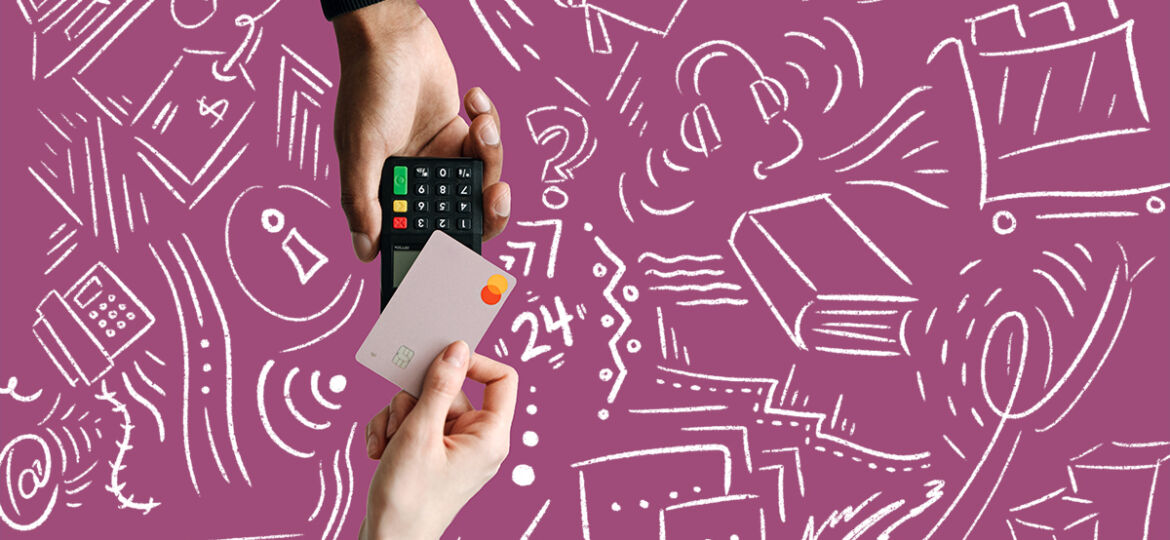
Five Surprising Marketing Strategies to Increase Sales
BY Dan Pendergast
It is a natural reaction – when you need cash, the gut reaction is to turn to marketing and demand more. More emails, more social media posts, more ads, and more offers.
But the volume of marketing does not have an equal or parallel relationship to results. If you send twice as many emails, you may get less than twice as many sales, and a 20% discount will likely deliver less than double the sales of a 10% discount. Furthermore, marketing isn’t turnkey and often takes months (or years) of consistency to witness results.
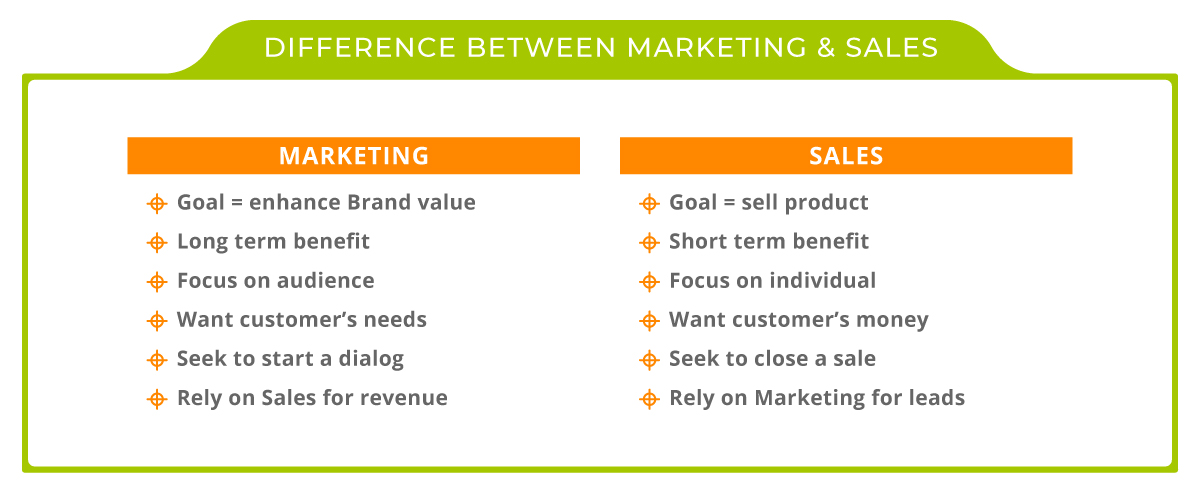
So why execute marketing if you can’t count on it to provide sales? Marketing provides your product (wine) with a brand. A brand is a reason to buy your wine and charge a specific price for your wine above other wines. Without marketing, there’d be no brands; without brands, all wines are the same. Marketing can even create value beyond the product. Take Barefoot, for example. In 2005 when Gallo acquired it, they made 600,000 cases of wine but owned no vineyards, winery, or production equipment. So, if Gallo could take over production in their facilities and use its extensive grape contracts, what did Gallo buy that was worth millions? The answer: they bought just the brand.
Marketing contributes to sales, and there are certain things you can do within your marketing to help maximize conversion. And they may seem counter-intuitive at first, but when employed will bring you more sales.
Repeat Yourself:
We are impatient. Our society is accustomed to paying for a product or service and being handed the result immediately. Like buying a candy bar at a drugstore, we expect instant gratification if we pay for ads. And, when you send a sales email to your consumers or new leads, you expect results that same day.
However, on average, consumers need to see your message and brand at least seven times before taking positive action, such as buying wine or visiting your website. Seven times! Imagine if you only send an email every month; that is more than half the year before they consider a purchase. And, unless you are boosting your posts on Facebook, it will be weeks before your followers will see your ad or post multiple times.
How much is too much? A good guideline is when you are just getting sick of the tagline, visual, or message; that is about when your consumers are just becoming aware of it. Look at some of our most classic brands: Coke, Nike, and Apple. They haven’t changed their logo or taglines for decades, if ever. Consistency sells.
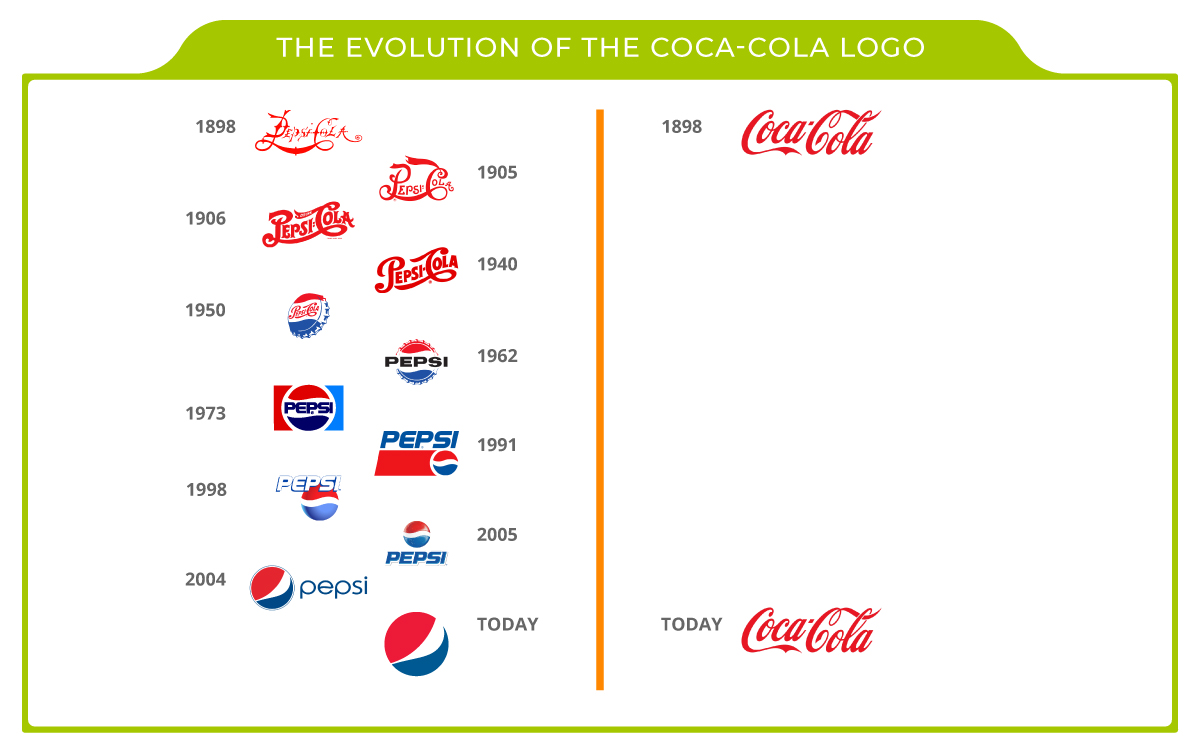
Mix it Up
Another way to accumulate consistency is to hit your target from multiple angles. Many wineries want to find the best ROI channel or the most direct and put all their efforts into one area. Consumers are unique and have individual preferences. Some respond to in-store POS, and some consumers prefer email. Others may react to social media or texts. Channels will vary in effectiveness, but you will never get 100% of your target using a single channel to deliver the message, which is why integrated marketing is crucial. Reach out to your target list in multiple channels deliberately and within a specific time window for maximum impact.
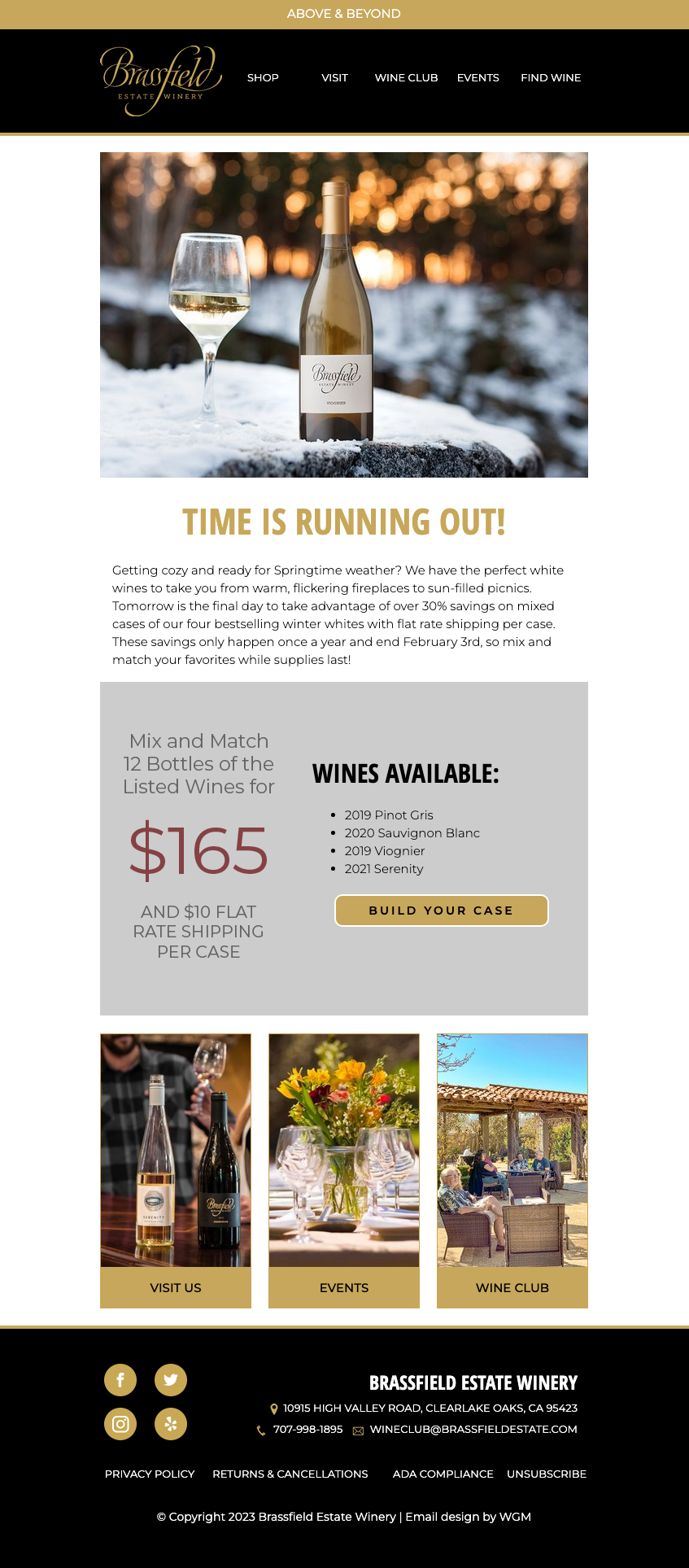
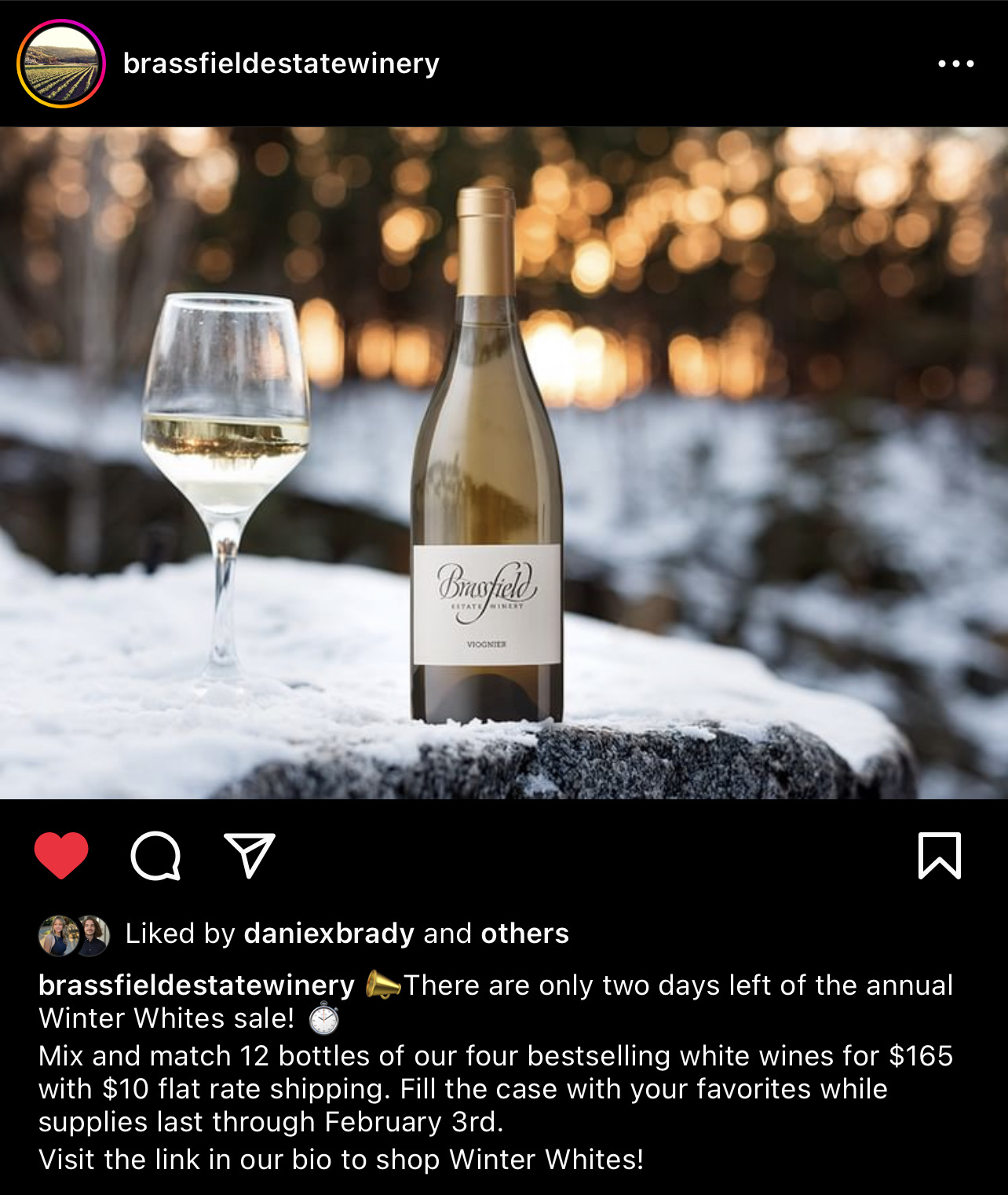
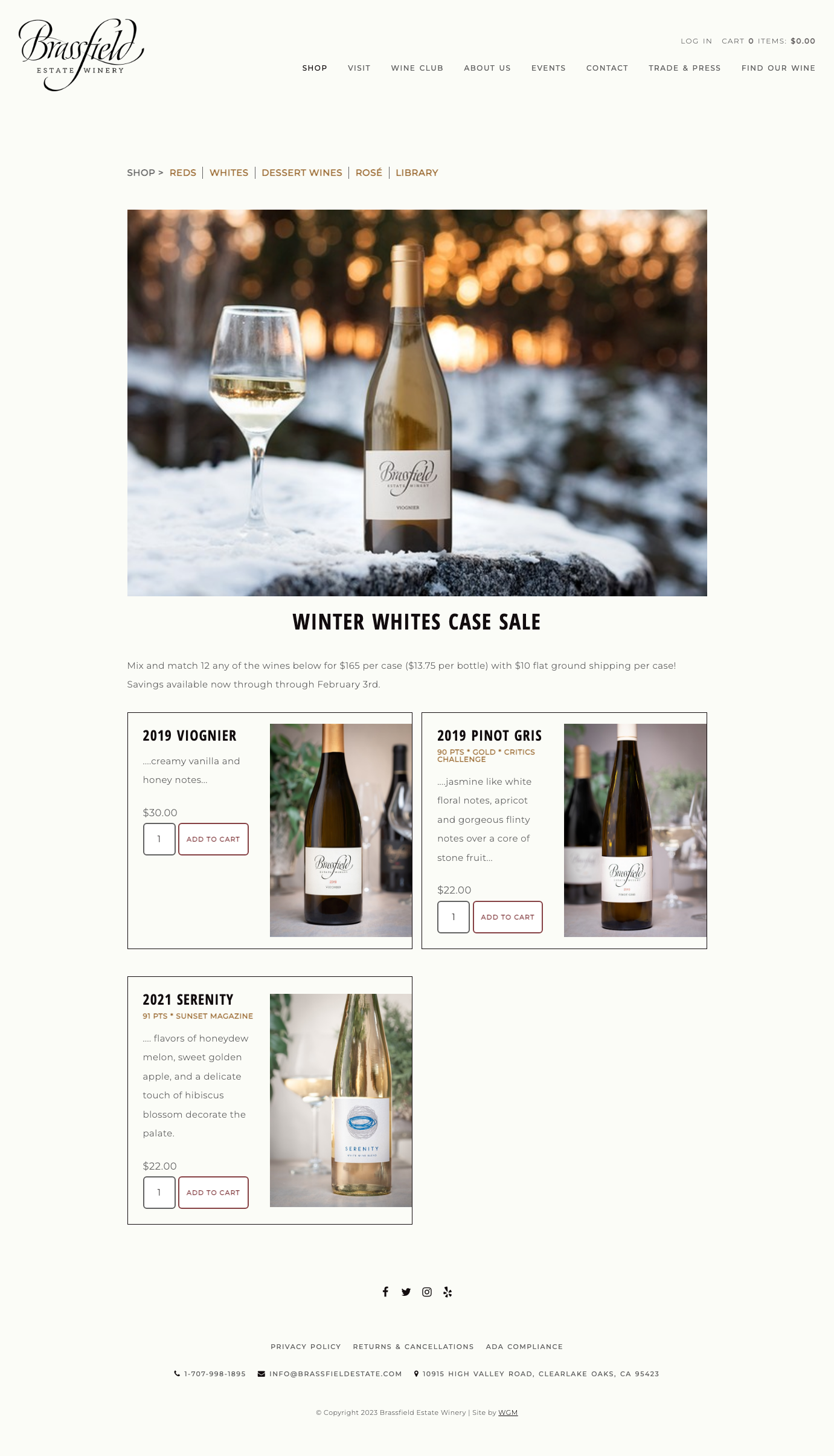
Visualize a Customer Journey
One would think the best way to convert buyers is to sprinkle all these channels with offers, but that isn’t the case. A customer journey helps you view the sales process from the consumer’s perspective to determine what you’re doing well and how to improve your sales model. An example of a simplistic path is awareness, consideration, trial, purchase, to loyalty. You don’t leave the gate on your first interaction with a new customer with a sale message because you have yet to introduce yourself. And you begin suggesting small purchases, like a trial pack or one or two bottles, before you build up to the case sales and wine club.
When you set up and monitor a customer journey, you can control what interactions occur for a consumer as they flow through each stage. Each unique decision they make with each touch from you can help them carve out their path and wind up with a personalized experience that they will enjoy more than they would a generic offer. According to Forbes, companies that use tools like customer journey maps reduce their service cost by 15-20%. Not only does your cost decrease, but customer retention can increase since 80% of customers say they are more likely to do business with a company if it offers personalized experiences.
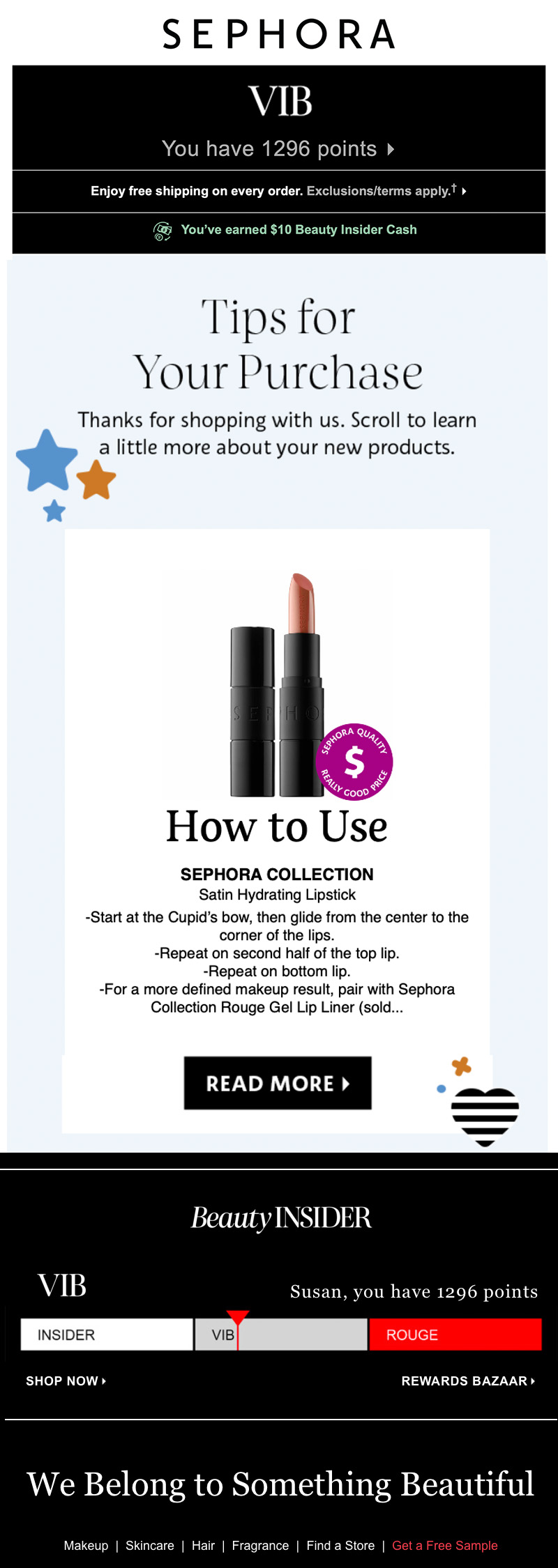
Don’t Always Ask for the Sale
This is the most counter-intuitive idea – you will likely get more sales if you aren’t always selling. Understanding a customer’s journey means there will be many interactions between you and customers who are not at the purchase level yet. From a salesman’s perspective, asking for the sale happens at the end of the conversation. Before you can seal the deal, you need to introduce yourself. Sharing your personality and charisma are imperative; often, this doesn’t involve swiping a credit card.
Therefore, the experience you provide your consumers is better received when it shows a humanized element with personality. How do you go about this?
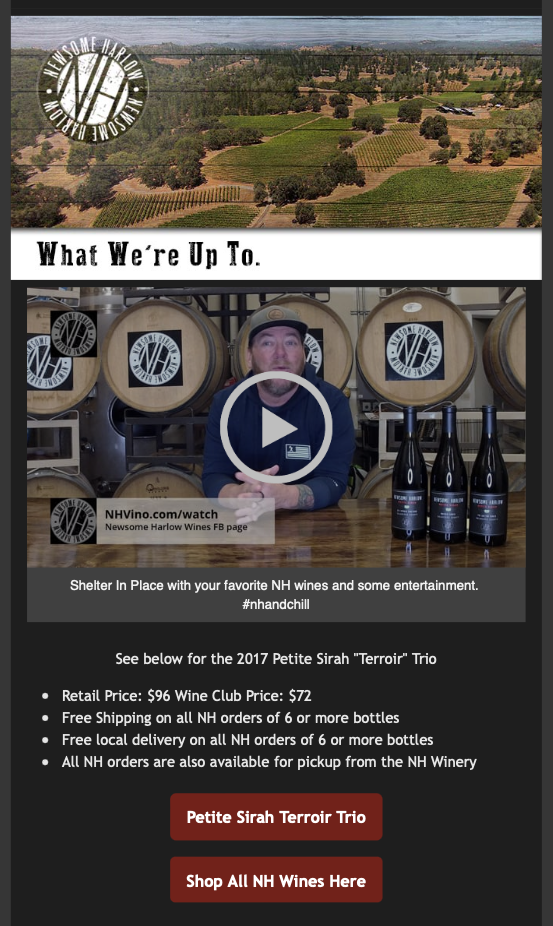
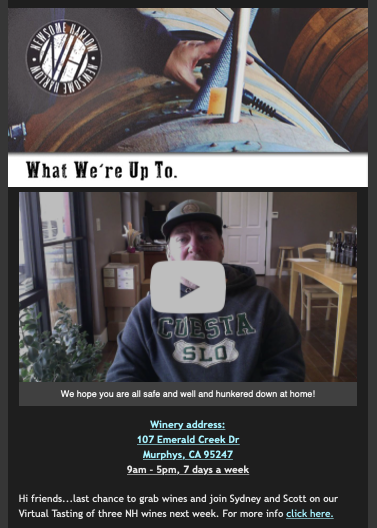
Newsome Harlow is a good example. They started featuring videos in their emails from the first month of lockdowns during the pandemic. It soon became a pattern for customers to look forward to their most recent video update or tasting they were sharing. The humor they embodied helped customers appreciate their brand more, and the offers for purchase were subtle and took a back seat. The videos (which were front and center) featured their personality, which made customers like the brand and want their wine.
Tactically, you create this personalization with a mix of calls to action throughout a marketing calendar. Many clients question this, as they assume marketing must consistently promote a discount. But is this the best way to engage and reward repeat customers? We submit there is more substance to your relationship than the cost of the wine. And you may be training these valuable buyers to ignore full price to wait for sales.
At the height of COVID, when there wasn’t a lot of news, we saw many wineries reaching out about how their team was doing, if their tasting room was open or closed, and an overall more humanized message was seen globally across most industries. As a result, in the wine industry, the 2022 average email open rates jumped to 38% from 32% the previous year. But since then, we’ve rebounded to old habits.
We typically see conversion after a minimum of four emails over three+ months. When you’ve sent about three or four emails, specifically focusing on your brand, sharing your personalities with your unique brand voice, and a couple of personable videos or footage of your property, you are more likely to get the sale. The beauty of this is in tools like Mailchimp, you can set up the customer journey once and leave it. It will all flow to your consumers automatically as they progress through their interest in your brand.
Ditch the Spec Sheet and Tell a Story
Emotions are critical to any sale. A recent analysis from Fast Company of 1400 advertising case studies in the US showed that those with emotional content performed twice as good than those with only rational content. Why is this? It’s because people feel before they think.
A researcher named Antonio Damasio proved this. He spent time studying individuals with damage to the area of the brain where emotions are generated and processed. While his subjects functioned just like anyone else, they all had trouble with making decisions. Even simple decisions about what to eat proved difficult. They could describe what they should be doing to eat, but without emotion, they were unable able to make a choice on what to eat.
This is supported by data from Gerard Zaltman, who wrote a great marketing book called “How Customers Think.” Zaltman found that 95% of understanding happens beyond our conscious brain, instead coming from our subconscious, emotional brain.
Because we know people make decisions based on emotions, in marketing we talk a lot about using psychological triggers to get potential customers to click, convert, engage, or react. By leveraging the common psychological triggers that we all have – you can drive more sales. Two of the best triggers to create emotions are stories, and past context (shared history). The goal of marketing, therefore, is to tell a compelling story about your brand. This kind of message helps make meaningful connections between you and your customer that can drive higher conversion rates than other campaigns.
Help your consumer relate to your brand by appealing to their emotional state. While this can be supremely effective in emails, it can be just as effective in social media ads. It’s been proven positive advertisements that elicit happiness are more likely to be shared and engaged with. Emotional ads can also inspire customer loyalty as emotions build trust between your brand and consumers. An example of emotional content is user-generated messaging in the form of reviews, content on social media, or creating your own hashtag to create solidarity.

If you doubt that telling stories is more effective toward a purchase than listing wine specifications, you’re not alone. Forbes polled a group of marketers in 2019 and reported 80% doubted the strategy until they saw the results. For one company, revenue doubled, and they saw a significant increase in brand recognition after just ten months focusing on emotional messaging. Forbes concluded: “Companies that provide an emotional connection with customers outperform the sales growth of their competitors by 85%.”
We realize it is still tempting to:
- be adaptive and quick changing.
- focus on the best channel.
- give a strong offer to everyone.
- always include a discount.
- provide lots of analytical support.
Yet we’re telling you to:
- stick with the same messaging.
- use multiple channels.
- don’t give an offer to everyone.
- don’t give discounts all the time.
- tell stories.
Just remember marketing is an ongoing conversation, and you have time to change bit by bit. If you need more time to tackle all five strategies, aim to test new approaches in every campaign. We promise you that in several weeks to months, you will see the results of your shift.
Dan Pendergast works with WineGlass Marketing, a full-service direct marketing firm working within the wine industry in Napa, California. Now in its 10th year, the agency offers domestic and international clients assistance with strategy and execution.
WineGlass Marketing is located in Napa, California at 707-927-3334 or wineglassmarketing.com


